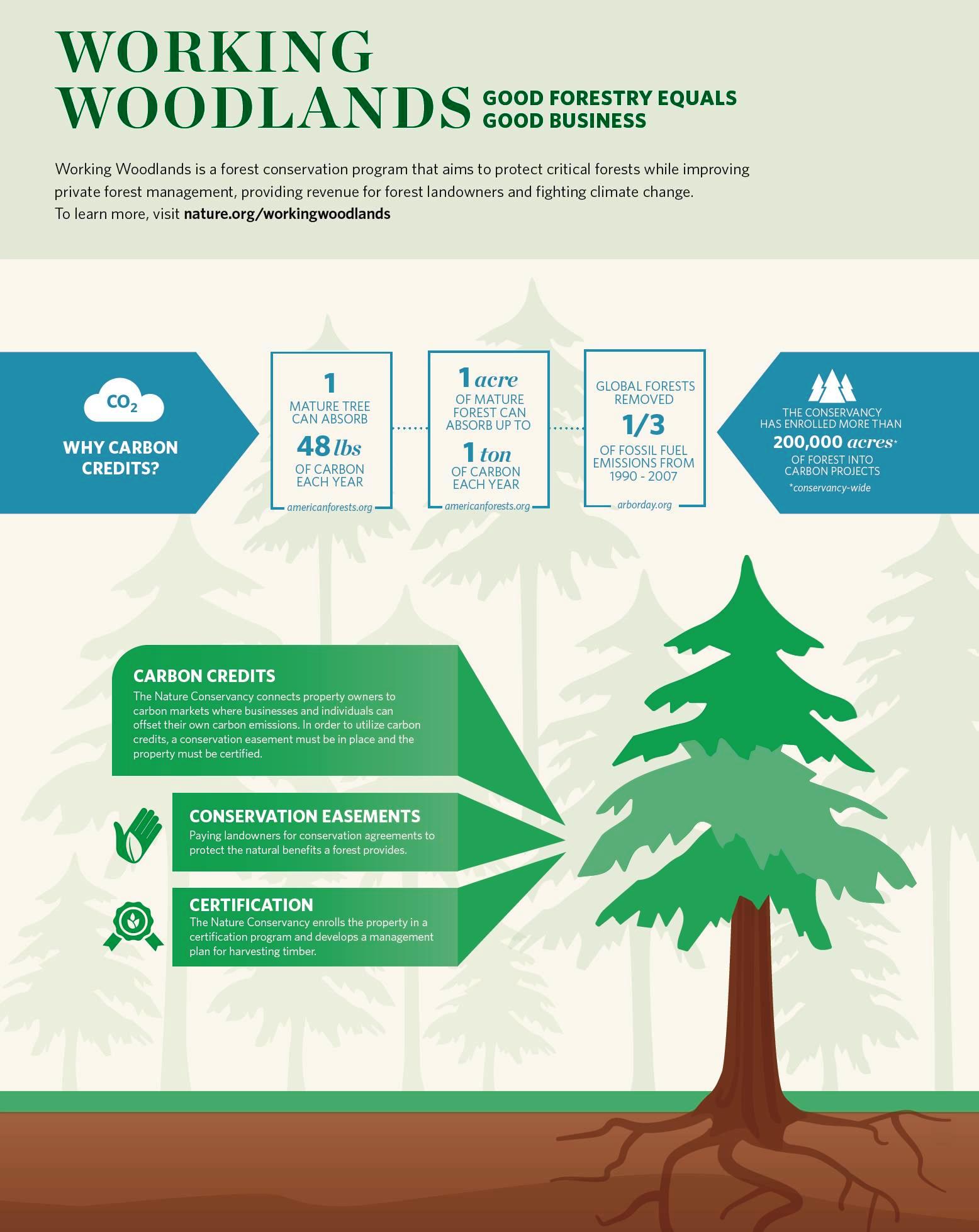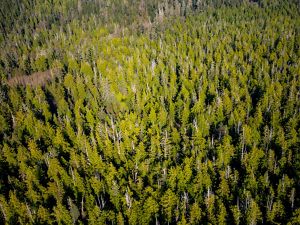Healthy forests are essential for absorbing and storing carbon to tackle climate change.
In the U.S., actions to protect, better manage and restore forests have the potential to mitigate 385 million tons of CO2e per year—the equivalent of removing 145 million gas-powered cars from the road. Forests also provide crucial habitat, contribute to clean air and drinking water, and support livelihoods.
According to the United States Forest Service, more than half of our nation’s forestlands are “owned and managed by some 11 million private owners.”
TNC’s Working Woodlands program leverages the power of privately owned forests by helping landowners improve the way forests on their properties are managed. These changes to typical forestry practices are designed to improve forest health, maximize the potential for carbon sequestration and help fight climate change. In exchange, landowners are rewarded for the additional carbon their trees capture and store.
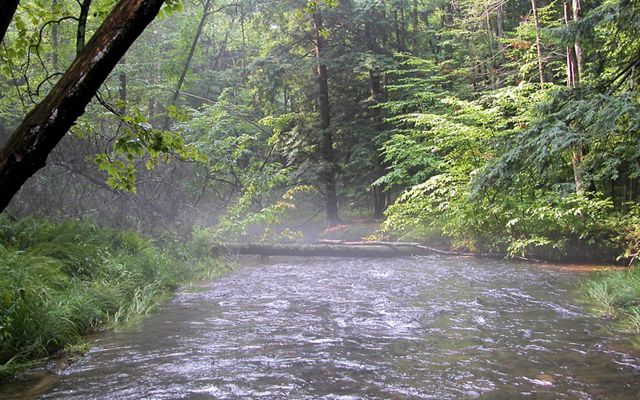

How the Working Woodlands Program Works
The principle behind Working Woodlands is simple. Landowners agree to manage their forests with climate-smart practices in return for management assistance that leads to revenue from the sale of carbon credits and forest products.
TNC works with landowners to analyze a property’s potential as wildlife habitat and for fighting climate change. For no upfront costs, participating landowners receive:
- A detailed assessment of the forests, wildlife and carbon on their property.
- A customized 10-year forest management plan.
- Certification by the Forest Stewardship Council® FSC C008922, which allows the sale of forest products under the FSC-certified label.
- Access to the carbon market, which provides an additional source of revenue.
Download
Ensuring High-Quality Carbon Credits
All of our carbon market projects meet the requirements within each carbon standard we use, which themselves are developed through an open process of public consultation, transparency and independent third-party assessment.
The rapid growth and evolving science around carbon markets require all stakeholders—including TNC—to regularly review and update how carbon market projects are being implemented.
TNC is engaging with other organizations—including the Voluntary Carbon Markets Integrity Initiative and the Integrity Council for the Voluntary Carbon Markets—to develop global guidelines that set strong standards for quality, ensure transparency and build the trust needed to expand the use of carbon markets as an effective climate tool.
Benefits for People and Nature
U.S. forests provide habitat to more than 4,000 forest-dependent wildlife and plant species, 27% of which are at risk of extinction. They also filter air and ensure clean drinking water for nearby communities. Practices to manage forests sustainably keep these critical ecosystems healthy.





Explore Working Woodlands in These States
-
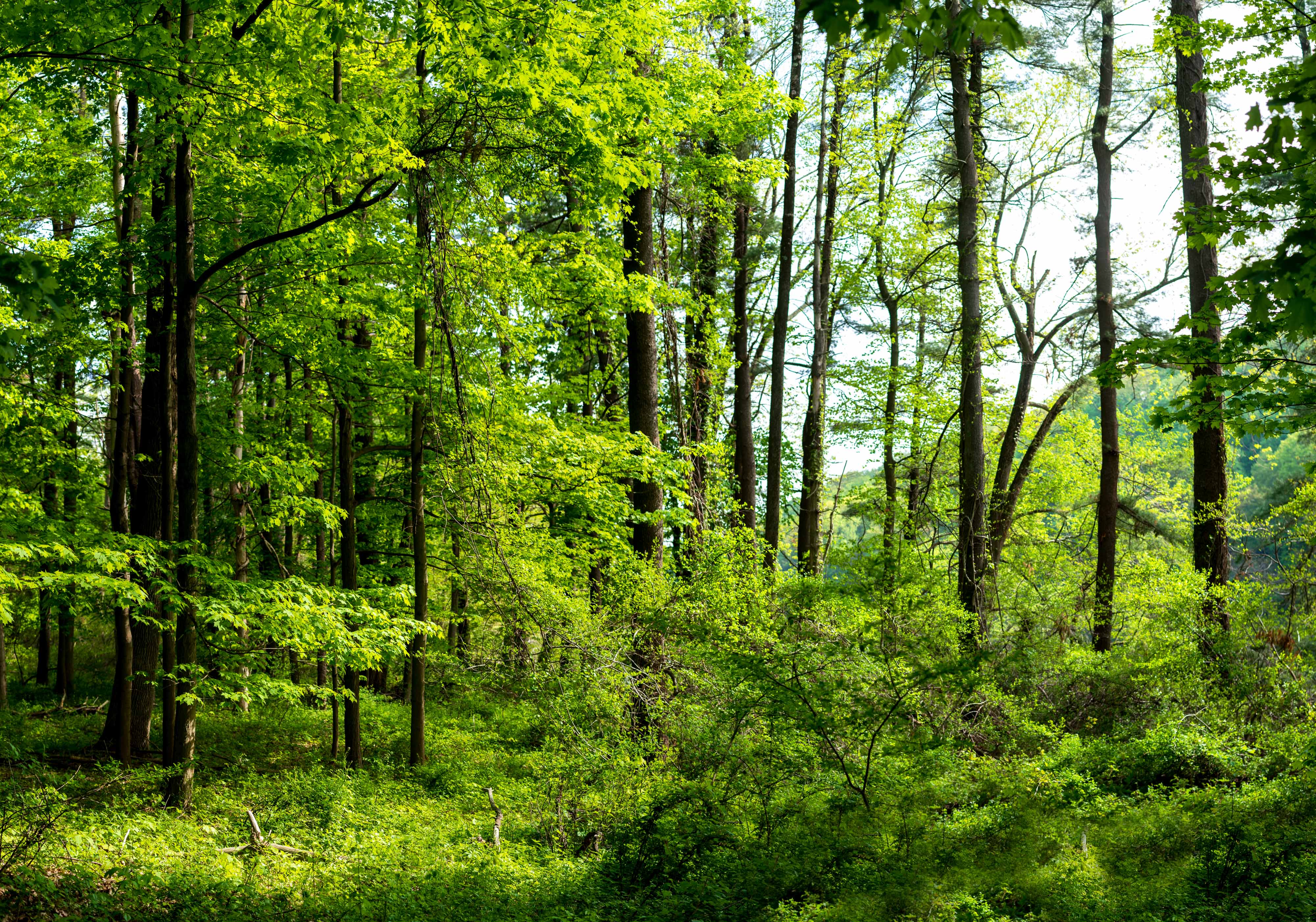
New York
-

Ohio
-
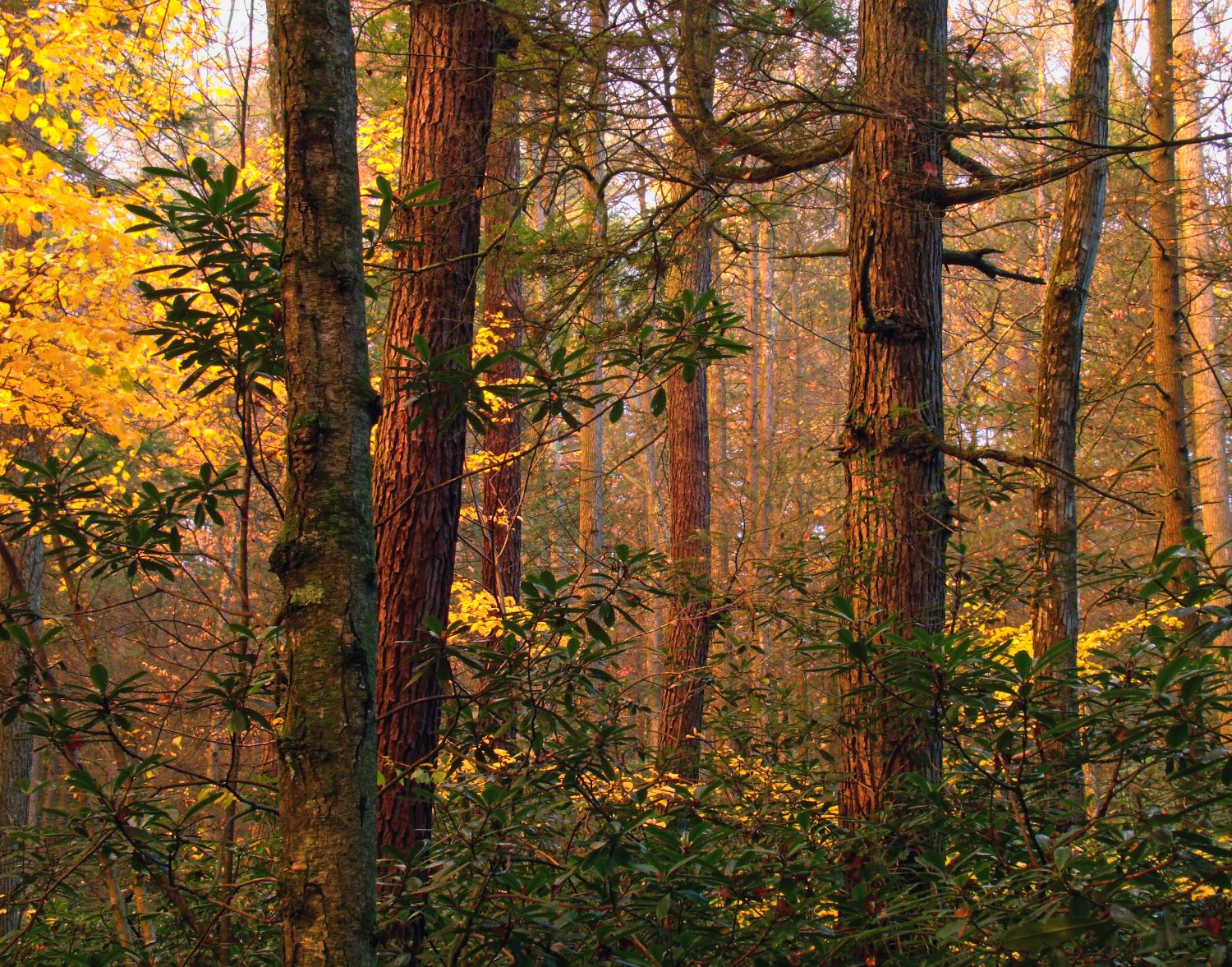
Pennsylvania
-

Tennessee
-

West Virginia
How to Enroll in the Working Woodlands Program
Landowners who own a minimum of 2,000 forested acres may be eligible to enroll their property into Working Woodlands.
To enroll in Working Woodlands, a qualifying landowner is required to sign their forested acres into conservation easements or long-term management agreements to prevent conversion into non-forest uses and unsustainable management practices.
If you're interested in learning more, contact workingwoodlands@tnc.org with the following information (which will be kept strictly confidential):
- Name/Email/Telephone Number
- Total Acres/Total Wooded Acres
- Property Address/County/Township
After the certification process, facilitated by TNC, these properties then become part of a network of protected and sustainably managed forest lands that can help this and future generations collectively have an impact on reducing greenhouse gas emissions.

